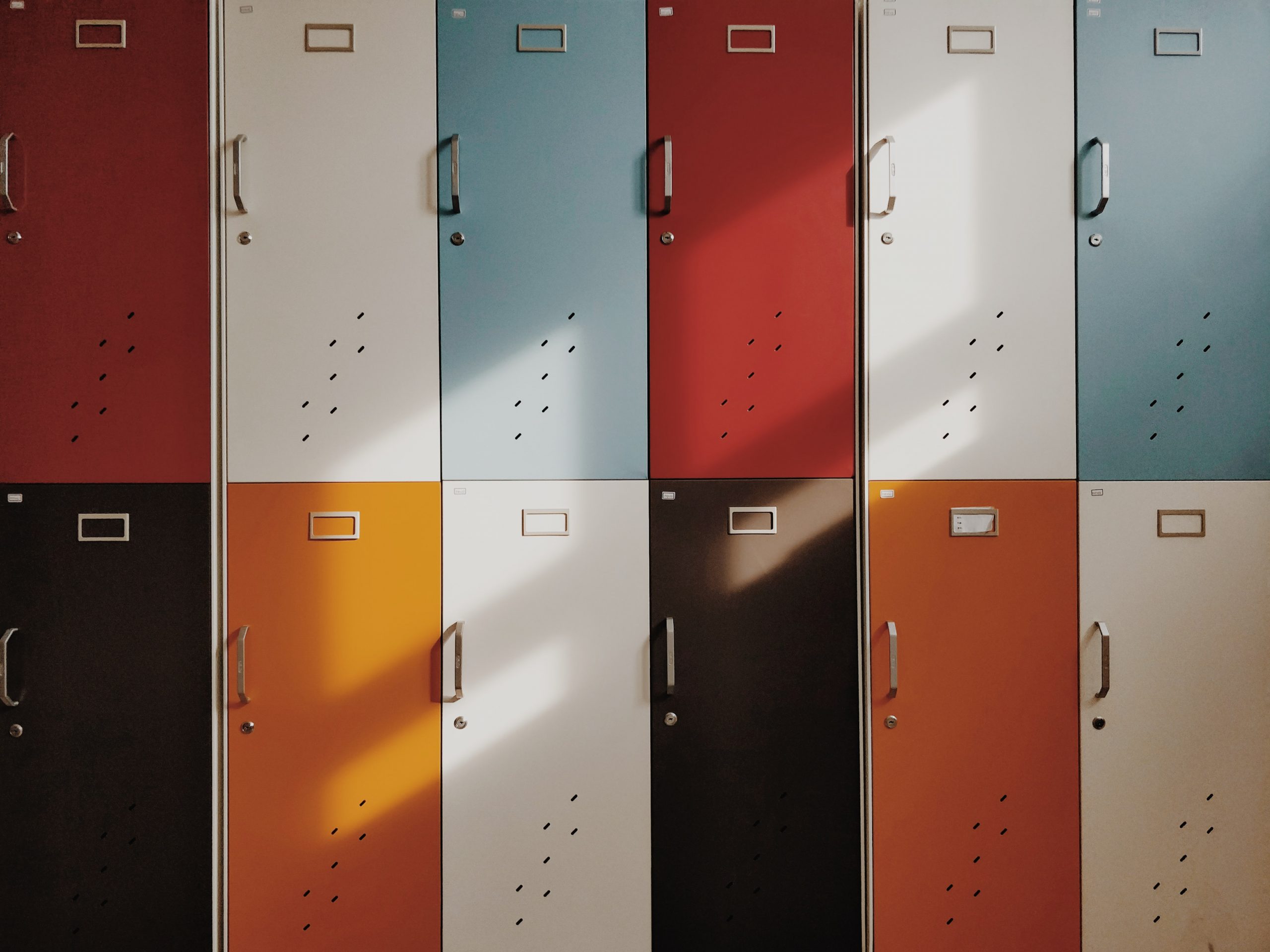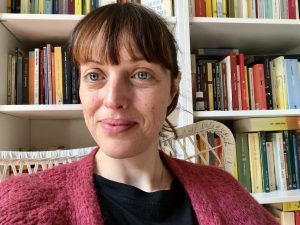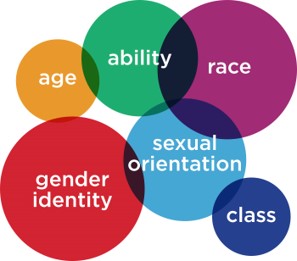


How to bring accessibility into school books? Interview with Deascuola
Interview
Last March, the Bologna Children’s Book Fair welcomed the first in-person edition of BolognaBookPlus, a new initiative, organized in collaboration with the Italian Publishers Association, with the aim of reaching a wider professional general trade audience across the global publishing industry. In this context, on March 22nd, Fondazione LIA organized the seminar Let’s get accessible! All you need to know to produce publications (and images) that every reader can enjoy, with the goal to present the advantages of making content accessible to people with visual disabilities, thus creating an inclusive editorial proposal for every reader.
The event, organized in the framework of Aldus UP, provided an overview of the recent evolution of the legislation on the subject and the best practices for producing quality and accessible publications. A special focus was devoted to the theme of alternative descriptions of images (alt-texts). Publishing has always used images and visual representations of all kinds (photographs, illustrations, graphics, etc.) to enrich text and convey concepts and emotions to its readers in the best possible way. The alternative description is a key element to ensure full accessibility and usability of the content by people with a visual disability.
During the seminar Elisa Molinari (Project Manager of Fondazione LIA) discussed these aspects with Marta Fornasero (Editor of Deascuola) and Filippo Floridia (E-book Production Coordinator of Mondadori Group), who shared the work done by their publishing houses in this field.
Marta Fornasero has been working for eight years in the editorial office of Deascuola, where she deals with texts for university students and issues such as inclusion and accessibility. She focused her speech on: the best practices to follow, how editors and their collaborators work on a book in order to make it usable by everyone and how they take care of visual contents. In this interview, we asked her to share the key outcomes of her work in the field of accessibility.
Marta Fornasero (Editor of Deascuola)

Your publishing houses has been working on accessibility from some time now. What best practices would you like to share with publishers who are starting to embrace accessibility?
We have approached accessibility later than other publishers, so my first advice is to always keep in mind that it is never too late.
First of all, don’t panic. Within a well-tested working environment, inserting new stages and steps into the workflow could be frightening and destabilizing. This is absolutely normal and understandable, and I would like to reassure you that after a few attempts, mistakes, and corrections, it will become natural.
Secondly, it is necessary to embrace accessibility within a larger, fundamental, and valuable context: cultural inclusion. Accessibility is not just another task to add to our to-do-list or a bureaucratic issue but requires quality and dedication. So, I would encourage all publishers to invest more in taking better care of this aspect. Gratitude will come back to you and this choice will also prove to be successful from a commercial point of view. We think it is relevant to put this topic in a larger context, such as inclusion, in an intersectional perspective. For Deascuola and for my team, looking thus at the theme from a publisher’s point of view and from the one of the people who work in the world of education and culture, the inclusion of every person in our books is a pivotal point. If students (or readers) don’t find themselves in books, then it means they don’t exist. People who use a book need to discover themself within it, within words, images, examples, exercises, in the language we employ. We are used to read about rich, white, thin, able-bodied people in books, so we are trying to subvert this situation and offer cultural products that speak to everyone equally.

My third recommendation is less conceptual and more practical: look for experienced trainers such as those who work for Fondazione LIA. Along the path towards accessibility, you cannot invent or improvise the work to be done. Because of this, the kind of support we received from LIA’s team was very important. Furthermore, do not be afraid to ask for help, to make mistakes or to get back in the game after a misstep. As I said before, it is never too late.
Last but not least, train all the people who collaborate in the implementation of your cultural project, because they are all involved: be intersectional in your workflow approach as well.
Accessibility must be taken care of during the production and distribution workflows. How does your editorial team cope with it?
We are a small team of three editors within a big publishing house and we deal with titles aimed at university students, mainly handbooks. Working on them, we collaborate with authors, who are mainly professors, as well as proof-readers, typesetters, graphic designers, illustrators and promoters; day after day, we have come to understand that everyone needs to learn the best way to take accessibility into account in carrying out its tasks.
Our proof-readers and copywriters are trained to use inclusive language and create inclusive contents, and now they will be trained in writing alternative descriptions of complex images, considering them case by case. Our layout artists, illustrators, and technicians instead will practice in the use of InDesign and PDF files for accessibility. Furthermore, Deascuola has a strong network of promoters who visit universities and present our books to professors: accessibility know-how is really important to us in this communication phase as well.
Publishing has always used visual representations of all kinds to enrich text and convey concepts. How do you take care of alternative description for the images?
We publish between fifty and sixty titles a year and most of them are new releases. Moreover, every three or four years we have to update our books to produce new editions because, as you can imagine, their contents get old quickly: they begin to age the moment we print them.
Our catalogue does not include fiction books but ranges from STEM handbooks to humanistic and art books. In this kind of publications, you can find complex illustrations such us drawings, diagrams, charts, maps and concept maps or infographics. For this reason, we are currently learning a new workflow where images and alternative texts are taken into account since the very beginning of the process. So, for those handbooks that have a large iconographic system, now we usually first analyse the types of images they contain to choose how to best take care of them.
In many cases, for example with engineering, business, or science textbooks, we are implementing new steps and methodologies we did not have before. For example, we ask our authors for help because our main goal is to be as accurate as possible.



